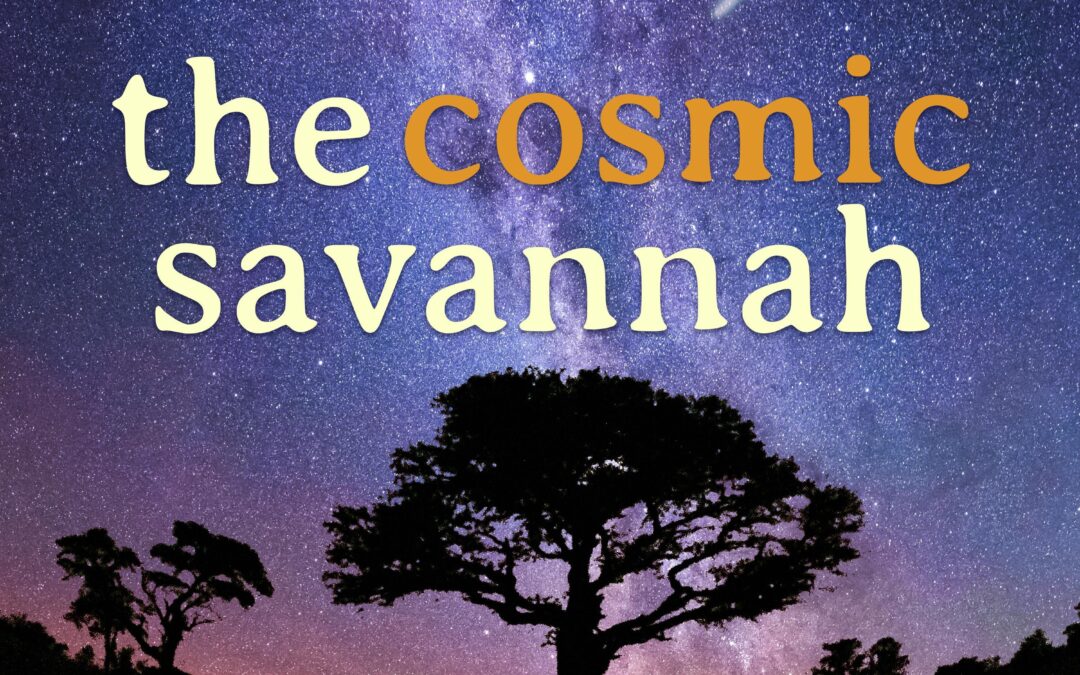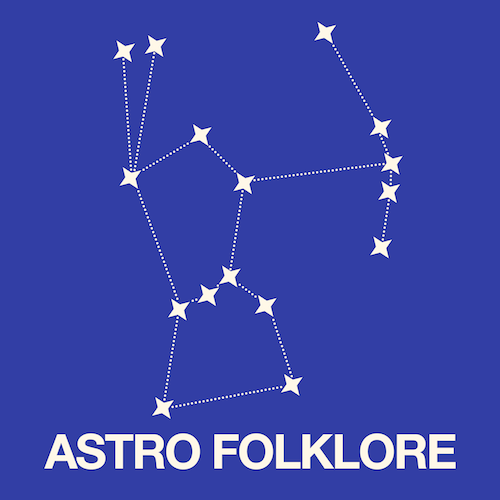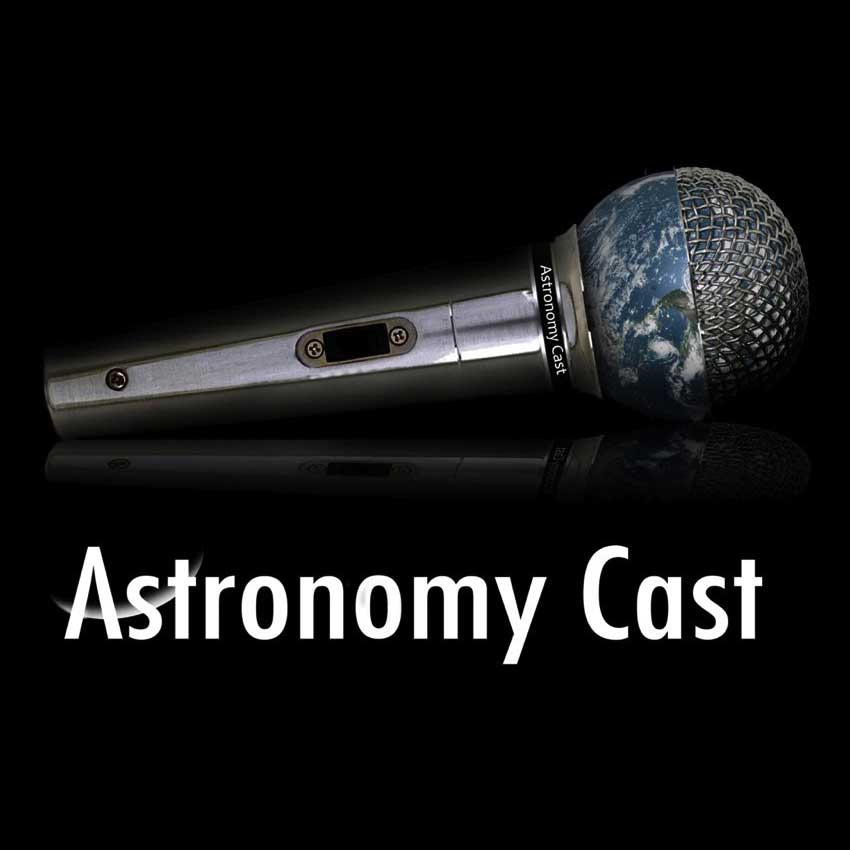Today’s Episode

Dec 28th: Bursts From Space
Today’s Cosmic Savannah talk to Alexander Andersson about Bursts from Space project help scientists train AI to search for radio transients
Subscribe & Follow
Project Director: Avivah Yamani
Audio Engineer: Richard Drumm
Executive Producer: Pamela L. Gay
Learn more about us on our
Credits and Sponsors page.
We are a community podcast,
bringing you the voices of astronomy & astronomy lovers,
everyday of the year.
More Recent Episodes
Feb 11th: How the Sun’s Local Bubble Drives Nearby Star Formation
How the Sun’s Local Bubble Drives Nearby Star Formation? @WSHCrew discuss this topic with Michael Foley. And weekly update. Parker photo of Venus, dead planets crashing into dead stars, SpaceX lost 40 StarLinks and more at #365DaysOfAstro
Feb 10th: The Birth of the Brightest Morning Star and the Evening Sparkle Stars
Today’s podcast we have a folklore from Mongolia about the birth of the brightest morning star and the evening sparkle stars.
Feb 9th: Early Mars Volcanoes Could Have Been Habitable
A research team studying the Poás volcano in Costa Rica, a potential analog for early Mars conditions, finds microbes surviving in extremely harsh conditions. Plus, table-top matter-antimatter experiments, an exoplanet’s complex atmosphere, and how snails and squirrels can help us understand space.
Feb 8th: Fantastic Physics Formulas: E=mc^2
E=mc squared is a nice straight-forward formula, indeed the energy-mass equivalence concept that underlies it is pretty straight-forward too. But why is that constant a velocity – and why is it squared?
Feb 7th: The Cost of Delays
With all the success of James Webb so far, it’s looking like science’s huge gamble is going to pay off, but there were years of delays and budget overruns. What impacts did these delays have on science, careers, and the future of space exploration?
Feb 6th: Space Junk & Big Threat or Not
Today story about INTEGRAL spacecraft and booster observation, as well as probability of another Chelyabinsk sized asteroid hits over a populated area will be centuries.







